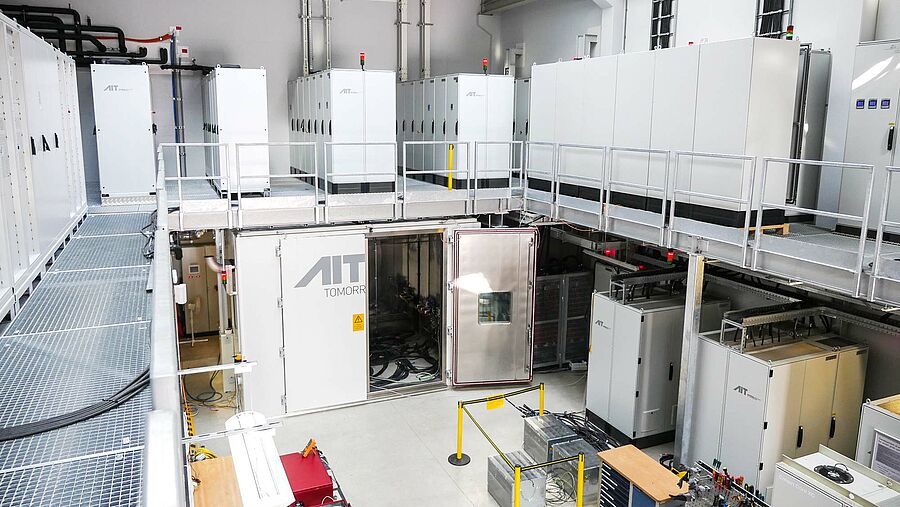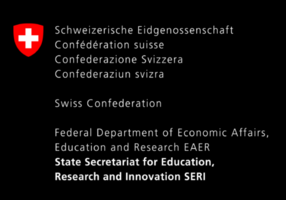Battery2Life: A sustainable second life for electric vehicle batteries
With the rise of the electric vehicle (EV) market, an urgent challenge has arisen: what to do with the growing number of batteries that are no longer suitable for use in vehicles but still have 70-80% of their storage capacity? Although these batteries have had their day, they harbour immense potential for reuse in alternative energy storage applications.
Utilising the potential of second-life batteries
Instead of disposing of EV batteries that still have considerable residual energy, Battery2Life turns this challenge into an opportunity. The Battery2Life project was launched as part of the EU's HORIZON EUROPE programme and aims to pave the way for a sustainable, circular battery economy. Its goal? To enable the safe and efficient reuse of EV batteries in new applications and to promote the integration of renewable energy into European power grids.
A Dual Framework for Battery Reuse Innovation
The project introduces two innovative battery system design frameworks to support the second-life usage of batteries:
- Framework One: Optimizes and restructures existing battery designs to adapt them for efficient, smart second-life applications.
- Framework Two: Develops completely new battery architectures that are designed from the ground up to be used in both first-life (EV) and second-life (stationary) scenarios.
These frameworks are not just theoretical—they’ll be tested in two real-world pilot programs:
- Home energy storage systems in Austria
- Grid-scale energy storage systems in Greece
Advanced Technology and AIT’s Role
AIT Austrian Institute of Technology is leading the way in developing an innovative battery management system (BMS) grounded in circular economy principles. This includes:
- Wireless communication between the central BMS and module-level management systems to simplify second-life battery reconfiguration.
- Sensor integration, including strain and pressure sensors, to better assess battery health and enhance safety during second-life applications.
These advancements will make battery disassembly and reassembly more efficient, reduce waste, and extend the useful life of high-value materials.
Environmental and Economic Impact
The results of Battery2Life will help support the transition to green energy and have a positive impact on the European economy and the environment. Battery2Life is an important step towards the sustainable use of electric vehicle batteries and contributes to the promotion of a circular economy. By redefining the use of electric vehicle batteries after their first life, Battery2Life helps to reduce the environmental impact, minimise the need for raw materials and stimulate innovation in the European battery sector.





